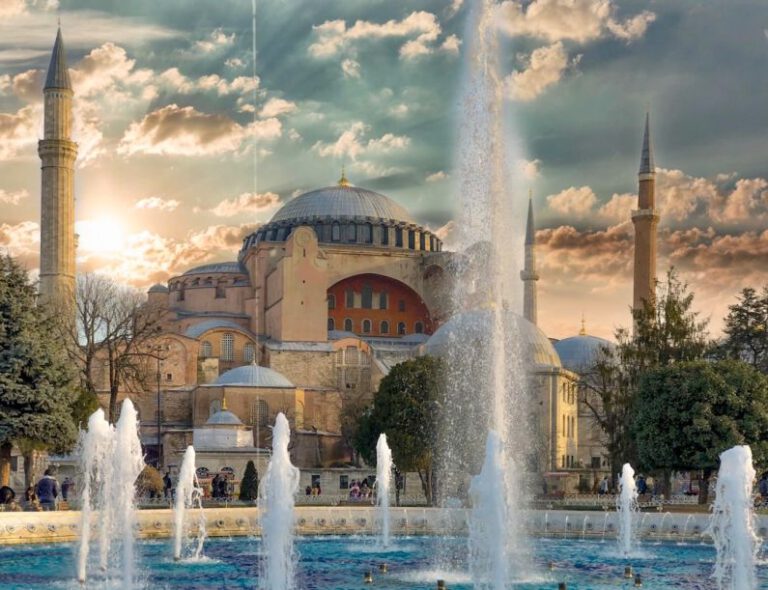The Athenian Legacy: the Restoration of the Acropolis
Perched majestically atop a rocky outcrop overlooking the city of Athens, the Acropolis stands as a symbol of ancient Greek civilization and a testament to the enduring legacy of Athenian culture. The Acropolis, a UNESCO World Heritage Site, is home to several iconic structures, including the Parthenon, the Erechtheion, and the Temple of Athena Nike. Despite enduring centuries of wear and tear, the Acropolis has been the subject of extensive restoration efforts in recent years, ensuring that this architectural marvel continues to inspire awe and admiration for generations to come.
A Glimpse into History
The Acropolis has a storied history that dates back to the 5th century BC when Pericles, the Athenian statesman, initiated a building program that transformed the rocky hill into a monumental sanctuary dedicated to the goddess Athena. The Parthenon, the most famous temple on the Acropolis, was constructed during this period and is renowned for its architectural brilliance and artistic achievements. The Acropolis served as the religious and cultural heart of ancient Athens, a place where festivals were held, sacrifices were made, and civic ceremonies took place.
The Decline and Neglect
Over the centuries, the Acropolis fell into a state of disrepair due to various factors, including wars, invasions, and natural disasters. The structures on the Acropolis suffered extensive damage, with many of them lying in ruins. The Parthenon, in particular, bore the brunt of the ravages of time, with its columns crumbling and its sculptures weathered by the elements. Neglect and lack of maintenance further exacerbated the deterioration of this iconic site, threatening to erase a vital piece of human history.
A Renaissance of Restoration
In the 19th century, efforts began to restore the Acropolis to its former glory. The Greek government, with the support of international organizations and donors, launched a comprehensive restoration project aimed at preserving and protecting the ancient monuments on the Acropolis. Skilled architects, archaeologists, and conservators worked tirelessly to repair damaged structures, stabilize foundations, and clean centuries of grime and pollution from the marble surfaces.
The Challenges of Restoration
Restoring the Acropolis presented numerous challenges, chief among them being the delicate balance between preserving the original fabric of the buildings and implementing necessary interventions to ensure their structural integrity. The restoration team faced complex technical issues, including stabilizing the foundations of the structures, replacing missing architectural elements, and using compatible materials to repair damage. Additionally, the restoration work had to adhere to strict conservation principles to respect the authenticity and historical significance of the site.
Preserving the Past for the Future
The restoration of the Acropolis is a testament to the enduring value of cultural heritage and the dedication of individuals and organizations to safeguard it for future generations. By investing time, resources, and expertise into the preservation of the Acropolis, we ensure that this unparalleled treasure remains a source of inspiration and wonder for people around the world. The restoration efforts not only protect the physical integrity of the monuments but also contribute to our understanding of ancient architecture, craftsmanship, and artistic expression.
The Acropolis Today
Today, visitors to the Acropolis can witness the fruits of the restoration efforts that have breathed new life into this ancient site. The Parthenon, with its majestic columns and intricate sculptures, stands as a testament to the enduring legacy of Athenian civilization. The Erechtheion, with its iconic Caryatid columns, continues to captivate visitors with its architectural beauty. The Acropolis Museum, inaugurated in 2009, showcases artifacts and sculptures from the site, providing a deeper insight into the history and significance of this cultural landmark.
Embracing the Future
As we look to the future, the restoration of the Acropolis serves as a reminder of the importance of preserving our shared cultural heritage. By protecting and celebrating sites like the Acropolis, we honor the achievements of past civilizations and ensure that their legacy endures for generations to come. The restoration of the Acropolis is not just a technical feat; it is a testament to the human spirit’s capacity to create, innovate, and transcend the bounds of time. The Acropolis stands as a beacon of hope and inspiration, inviting us to embrace our past as we forge a path towards a brighter future.






